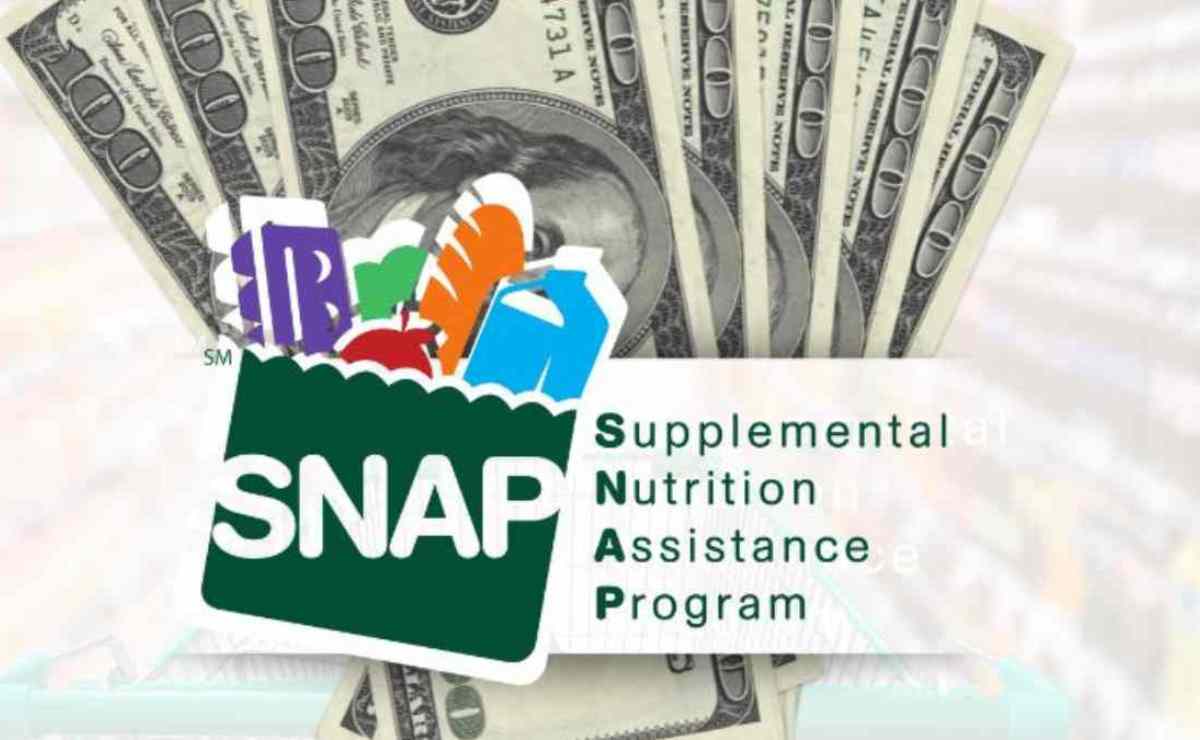There are 2 important changes to SNAP benefits. The first change will be for all beneficiaries because it has to do with the Cost of Living Adjustment. The COLA may bring good news for most Food Stamp recipients, but it is not always like that.
Last year’s COLA brought a reduction to SNAP benefits in Hawaii. So, it is still uncertain whether there can be a reduction in some places. In the 48 contiguous States and the District of Columbia, there may be an increase. But this boost may not be as high as beneficiaries wish.
New ages for the ABAWD time limit for SNAP recipients
Apart from a COLA boost, there will soon be a change to the age for the Able-Bodie Adults Without Dependents time limit. This time limit currently prevents those aged 18-52 from getting Food Stamps for more than 3 months in 3 years unless they work for 80 hours per month.
So, there will be more SNAP recipients who will have to meet these specific work conditions to get money for longer. In fact, if you are 53 or 54 years old, you will be affected by this new measure.
Therefore, the ABAWD time limit will be applied to those aged 18-54. Thankfully, there are exemptions if you have a child, are pregnant, are a veteran, are 18-24 and were in foster care, or have a disability.
What are the exemptions available for SNAP recipients facing the new ABAWD time limit?
Here are the key exemptions available for SNAP recipients facing the new ABAWD time limit:
- Unable to work due to a physical or mental limitation
- Pregnant
- Have someone under 18 in your SNAP household
- Excused from the general work requirements
- A veteran
- Experiencing homelessness
- Age 24 or younger and in foster care on your 18th birthday
Some additional key points:
- Starting October 1, 2024, the ABAWD age limit is increasing from 49 to 54.
- States can exempt certain vulnerable individuals. These include domestic violence survivors. They can use individual hardship exemptions. However, the debt ceiling agreement lowers the percentage of these exemptions states receive from 12% to 8%. It also limits carrying unused exemptions to the next year.
- Many adults aged 50-54 will soon face the time limit. They are not veterans or homeless. They may struggle to meet the requirements if they have health barriers to work but have been denied disability benefits.
- USDA is finalizing a rule to limit waivers of the ABAWD time limit. They would only be allowed in areas that clearly meet the statutory conditions. These are over 10% unemployment or lack of sufficient jobs. Currently about half of ABAWDs live in waived areas.
When will SNAP benefits change?
According to USDA and the Food and Nutrition Service, the new COLA will come into effect on October 1, 2024. Therefore, eligible recipients will not have to wait until 2025 to get extra money.
In the same way, the new ABAWD ages will become effective on October 1, 2024 as well. Hence, make sure you get an exemption or you meet all the specific work requirements.
Do so in order not to lose your SNAP benefits in the United States. Remember that payments can be up to $973 if you are 4 and they could be slightly higher after the COLA boost.
What factors determine whether SNAP benefits are increased or reduced in different states?
- The state’s economic conditions affect SNAP assistance needs. Better economies boost jobs and wages, reducing SNAP reliance. Conversely, in downturns, more people need SNAP due to job losses and lower incomes.
- SNAP policies and practices vary by state. Each state has the freedom to manage aspects like online applications, outreach, and eligibility rules. These differences can affect SNAP participation rates.Household demographics in the state. A state’s demographics, such as average household size and income levels, factor into the SNAP benefit calculation. States with larger average household sizes and lower incomes will tend to have higher SNAP participation rates and benefit amounts.
- Cost of living, especially food costs. SNAP benefit amounts are based on the USDA’s Thrifty Food Plan, which estimates the cost of a nutritious diet. This amount is adjusted for Alaska, Hawaii, and territories to account for higher food costs. Regional differences in
- Food prices and living costs affect benefit levels.
- Federal laws cause temporary changes. During crises like the Great Recession and COVID-19, Congress raises SNAP benefits and gives states more control. When these measures end, SNAP participation and benefits drop.




